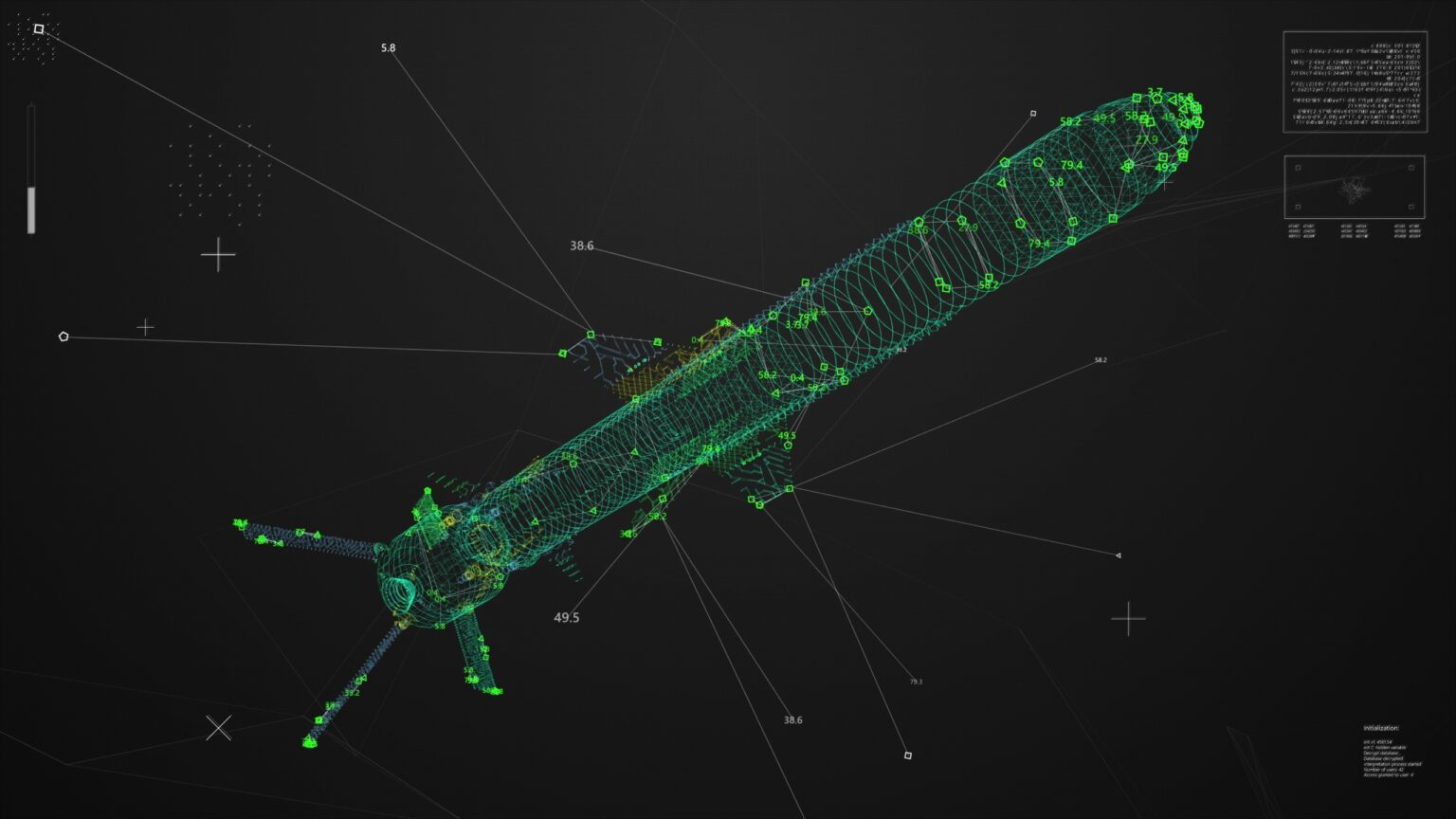A consortium of German startups and defense academics are testing AI systems in the metaverse, leading to new strategies and use cases for military hardware.
The system, dubbed GhostPlay, allows officials to wargame new features for aerial drones and other unmanned vehicles.

Supercharged AI
In collaboration with German businesses, the German army is developing a supercharged AI engine built on self-learning technology. The project is led by 21strategies, with cooperation from local sensor specialist Hensoldt, the Bundeswehr University Hamburg, and Switzerland-based Borchert Consulting and Research.
GhostPlay uses so-called “third-wave” algorithms in its metaverse solution, providing its AI combatants with more “human-like” responses, making them more unpredictable and surprising. This is according to Yvonne Hofstetter, the CEO of 21strategies.
Digital twin technology is a significant component of the project, with huge volumes of data required to create the simulated battle arenas. According to Hofstetter, coders attempt to recreate the environment “down to the last leaf” with the use of satellite photos and local authorities’ databases, providing granular information on housing, infrastructure, and even vegetation.
In an interview with DefenseNews, Hoifstetter described the level of detail they are able to achieve as “kind of scary, really.”
Besides digitizing the environments, coders can also replicate the performance of both German and enemy weapons, including former Eastern bloc types, using data from open-source intelligence. The simulated weaponry includes everything from guns to air defense weapons and seeker missiles.

New developments
Heiko Borchert of Borchert Consulting says that researchers are already transferring GhostPlay’s AI learning to existing military equipment. If the experiment proves successful, legacy systems could find themselves reinvigorated as their lifespans increase.
That possibility may even have relevance with regard to Ukraine. One of the weapons being wargamed is the German Gepard self-propelled anti-aircraft gun. The German government has already transferred 46 Gepards to Ukraine, with a further six expected.
GhostPlay officials are using their system to work on the fire control system of the weapon and believe the endeavor will improve the target hit rate and increase its survival chances.
Researchers are training the weapons to better fight a number of Russian platforms, including Bayraktar TB2 combat UAVs, drone swarms, the Russian Ka-52, and Mi-28 attack helicopters.
As the paper states, “Preliminary results suggest that the [simulated Gepard] platform learns very fine-granular engagement tactics for different types of threats and even senses when it’s important to destroy the target or only disable it.”
Using AI, the platform learned which targets posed the most severe threat in a battlefield simulation. As an example, the fire control algorithm learned to target aerial targets such as helicopters and missile-bearing drones, engaging ground targets afterward.
The system was also intelligent enough to target a swarm until its numbers were thinned, allowing the targeting and elimination of individual drones by supporting infrastructure and hardware.









 and then
and then